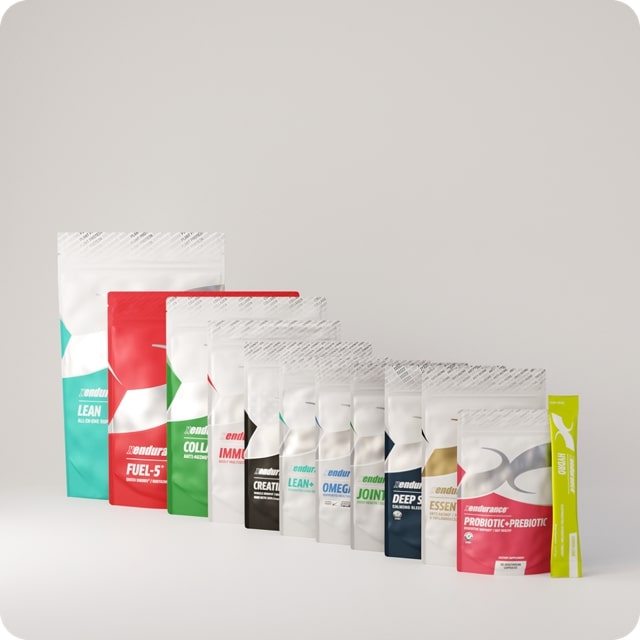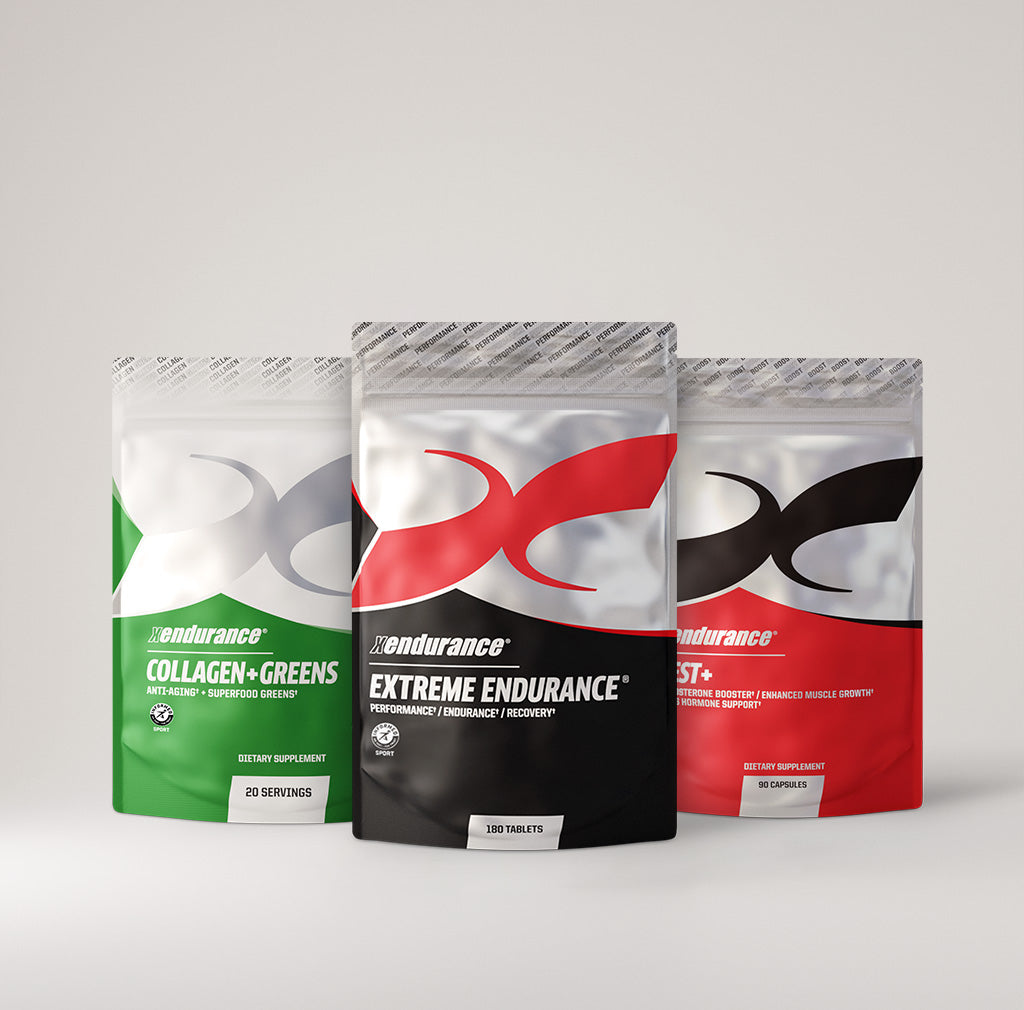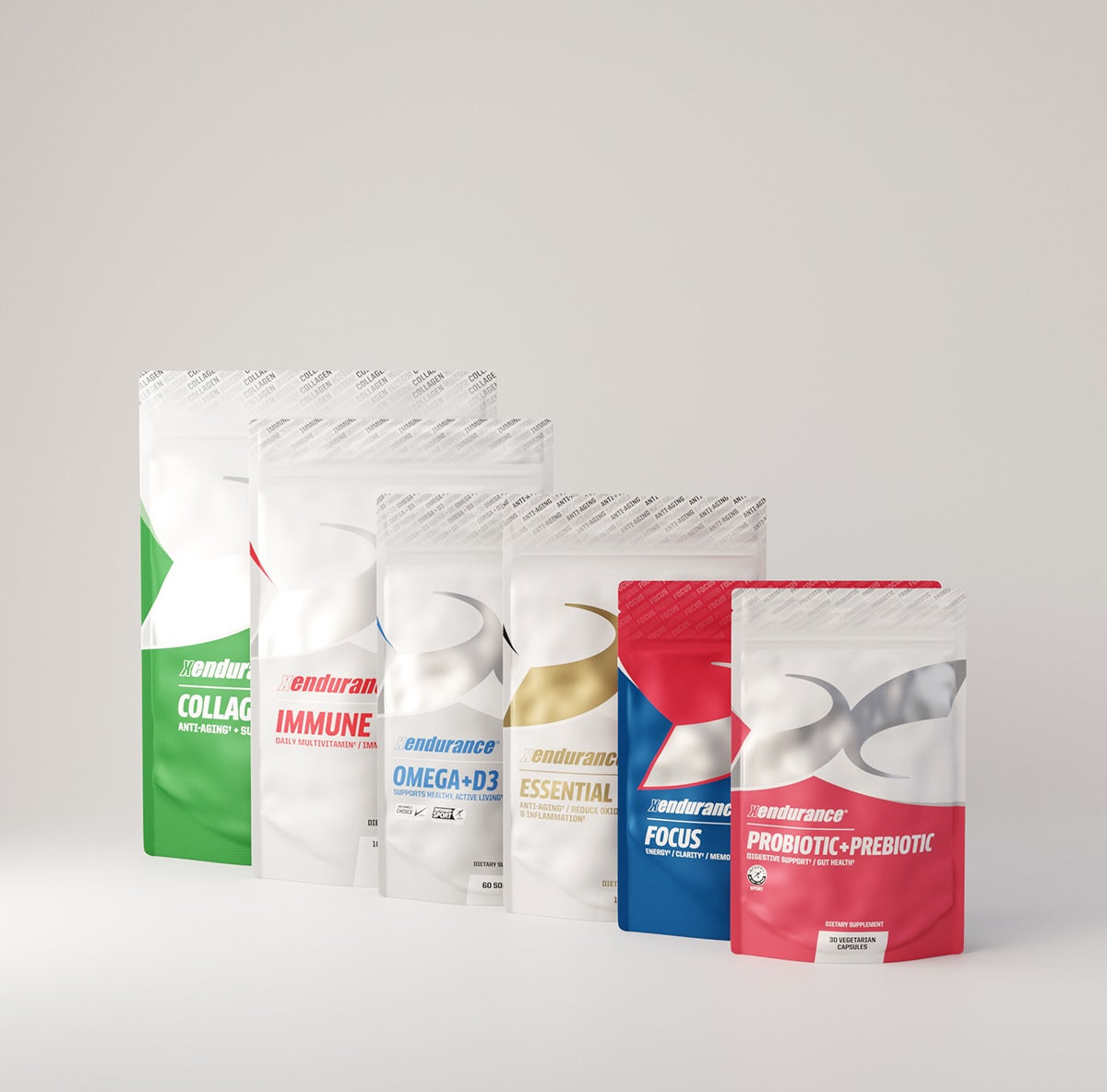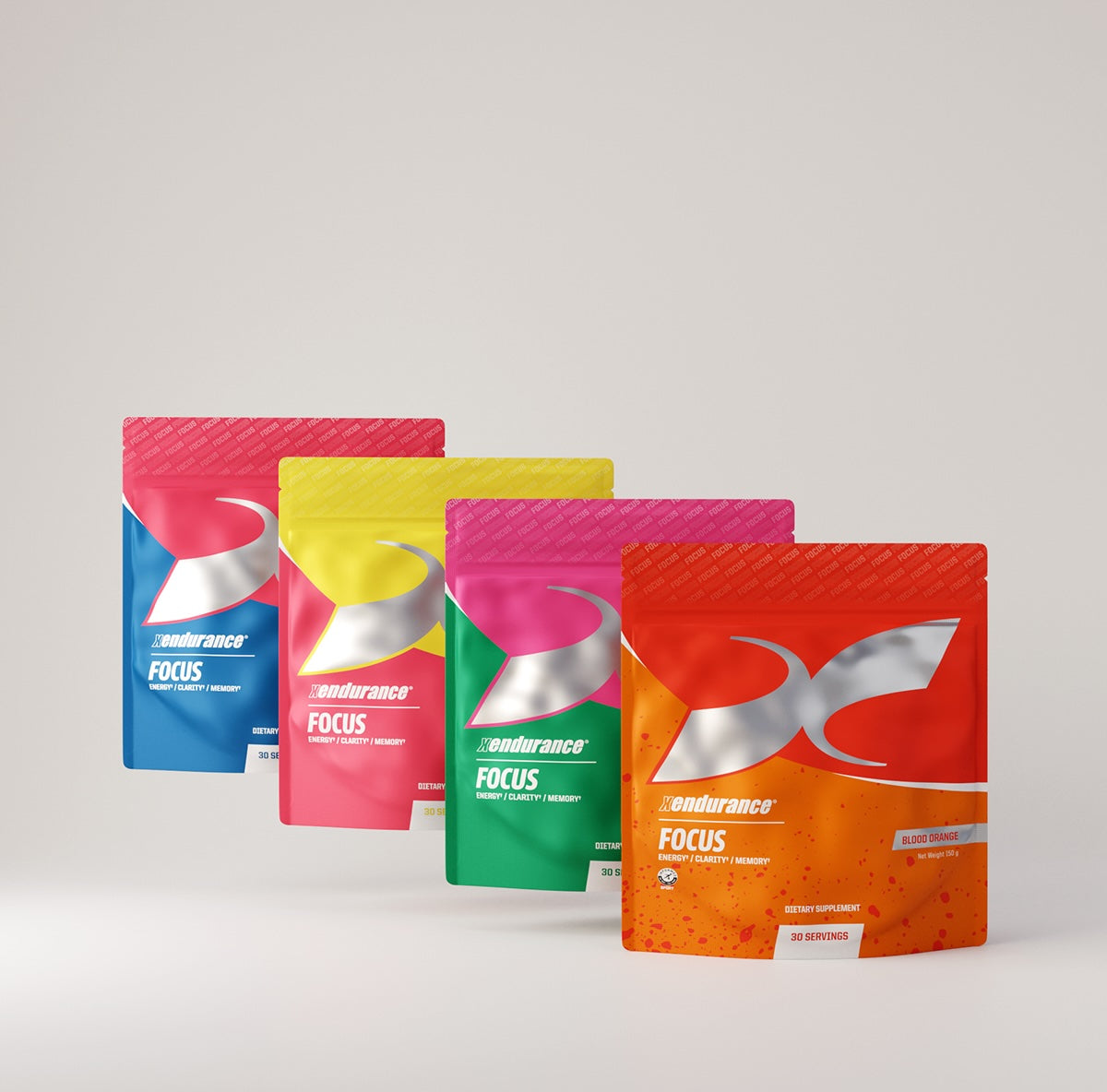Allergies can be a frustrating and sometimes debilitating aspect of daily life for many people. With the multitude of allergens in the environment, it can be challenging to pinpoint the cause of your symptoms. However, have you ever considered that your skincare products might be the culprit? With a growing number of individuals experiencing skincare allergies and sensitivities, it is crucial to examine the relationship between skincare products and allergic reactions. In this blog post, we will discuss what causes allergies, common allergens in skincare products, what to do if you have an allergic reaction, and what to look for in natural skincare products that may alleviate a reaction.
What Causes Allergies?
Allergies occur when the immune system mistakenly identifies a harmless substance, known as an allergen, as a threat. The immune system produces antibodies to fight off the allergen, resulting in an allergic reaction. This overreaction can manifest in a variety of symptoms, such as redness, itchiness, swelling, and even respiratory issues.
The severity of an allergic reaction can range from mild to life-threatening, depending on the individual and the allergen in question. For some, an allergy can be a minor annoyance, while for others, it can have a significant impact on their quality of life.
Common Allergens in Skincare Products
Many skincare products contain ingredients that can cause allergic reactions in susceptible individuals. Some of the most common allergens found in skincare products include:
- Synthetic or natural fragrances are a leading cause of allergic reactions. They can be found in a wide variety of skincare products, including cleansers, moisturizers, and perfumes. Even products labeled as "unscented" can sometimes contain masking fragrances, which can still trigger reactions.
- Chemical preservatives are added to skincare products to extend their shelf life and prevent bacterial growth. Common preservatives, such as parabens and formaldehyde-releasing agents, can cause allergic reactions in some people.
- While many essential oils have beneficial properties for the skin, they can also be potent allergens. Examples include lavender, tea tree, and citrus oils, which can cause contact dermatitis in some individuals.
- Some skincare products contain artificial colors and dyes that can cause allergic reactions. Examples include coal tar dyes, which can be found in hair dyes, and certain red and yellow colorants used in cosmetics.
-
Nickel is a metal that is commonly used in cosmetic products, including eyeshadow and mascara. Nickel allergy is one of the most prevalent contact allergies, affecting up to 15% of the population.

What Is Dermatitis?
Dermatitis is a general term used to describe inflammation of the skin. It typically presents as red, swollen, itchy, and sometimes painful skin. Dermatitis can be caused by various factors, including direct contact with allergens or irritants, genetic predisposition, and immune system abnormalities. Below are five types of dermatitis, including:
-
Atopic dermatitis is a chronic skin condition often characterized by red, itchy, and dry patches of skin. It is more common in children and is often linked to a genetic predisposition and a history of allergies or asthma.
-
Contact dermatitis occurs when the skin comes into direct contact with an allergen or irritant, causing an inflammatory reaction. There are two main types: irritant contact dermatitis, which results from contact with substances like harsh chemicals, and allergic contact dermatitis, which occurs when the immune system overreacts to an allergen, such as nickel or certain skincare ingredients.
-
Seborrheic dermatitis is a common skin condition that primarily affects the scalp, causing redness, flaking, and itching. It is thought to be related to an overgrowth of yeast on the skin and can also affect other oily areas, such as the face and chest.
-
Dyshidrotic dermatitis, also known as dyshidrotic eczema, is a type of dermatitis that causes small, itchy blisters to form on the hands and feet. The exact cause is unknown, but it can be linked to stress, allergies, and exposure to certain irritants.
-
Nummular dermatitis, also called discoid eczema, is characterized by round, coin-shaped patches of irritated skin. The condition can be triggered by various factors, including dry skin, insect bites, and contact with allergens or irritants.
Treatment for dermatitis depends on the type, severity, and underlying cause. It typically involves addressing the cause (if known), managing symptoms, and maintaining a proper skincare routine.
How To Interpret Skincare Claims
Navigating the world of skincare can be overwhelming, especially when faced with numerous labels and claims. Understanding what these claims mean can help you make informed choices about the products you use. Here, we explain 10 skincare claims in detail:
-
Clean beauty refers to products that prioritize safety and transparency in their formulations. These products typically avoid using ingredients that are known or suspected to be harmful to human health or the environment. However, there is no standardized definition or regulation for the term "clean beauty," so the interpretation of this claim can vary between brands.
-
Fragrance-free products do not contain any added fragrances or masking scents. This claim is essential for people with sensitive skin or allergies to fragrances, as fragrances are a common cause of irritation and allergic reactions.
-
Non-comedogenic products are formulated to avoid clogging pores and are less likely to cause acne. However, there is no standardized test or definition for this term, and what may be non-comedogenic for one person may still cause breakouts for another. It's essential to monitor your skin's reaction to new products, even if they are labeled as non-comedogenic.
-
Vegan skincare products do not contain any animal-derived ingredients, such as honey, beeswax, lanolin, or collagen. Vegan products can be an ethical choice for those who wish to avoid using animal-based products.
-
Silicone-free products do not contain silicones, a group of synthetic polymers commonly used in skincare products for their smoothing and moisturizing properties. Some people prefer silicone-free products because they feel that silicones can cause skin congestion or prevent other beneficial ingredients from penetrating the skin.
-
Gluten-free skincare products do not contain any ingredients derived from wheat, barley, or rye. While gluten is more commonly associated with food allergies and sensitivities, some individuals with celiac disease or gluten sensitivity may prefer to avoid gluten in their skincare products to minimize the risk of a reaction.
-
Parabens are a group of synthetic preservatives commonly used in skincare products to prevent bacterial growth and extend shelf life. Some studies have raised concerns about the potential health risks of parabens, though their use in cosmetics is generally considered safe. Paraben-free products use alternative preservatives or natural ingredients with preservative properties.
- Sulfates are a group of detergents commonly used in skincare products, such as cleansers and shampoos, for their foaming and cleansing properties. Sulfate-free products do not contain sulfates, which can be harsh and potentially irritating to some people, especially those with sensitive or dry skin.
-
Phthalates are a group of chemicals used as solvents and plasticizers in a variety of personal care products. Some studies have raised concerns about their potential health risks, and as a result, many consumers prefer to avoid products containing phthalates. Phthalate-free products do not contain these chemicals.
- Nut allergen-free products do not contain ingredients derived from tree nuts or peanuts, which can cause severe allergic reactions in some individuals. This claim is essential for people with nut allergies who need to avoid exposure to allergens both in their diet and in their skincare products.
Understanding these skincare claims can help you make informed choices about the products you use based on your individual needs, preferences, and values. However, it is crucial to remember that these labels and claims are not standardized and can vary between brands. It's always essential to read product labels and ingredient lists carefully and perform patch tests when trying new products to ensure they are suitable for your skin.
How To Minimize Allergic Reactions
Allergic reactions can be challenging to prevent entirely, but there are several steps you can take to minimize your risk and manage your allergies effectively:
The first step in preventing allergic reactions is to identify the substances that cause your allergies. You may need to consult with a dermatologist or allergist, who can perform allergy tests and help pinpoint the specific allergens causing your symptoms.
Once you know what you're allergic to, make an effort to avoid these substances in your environment, diet, and skincare or personal care products. Read labels carefully and familiarize yourself with alternate names for allergens, as they may be listed under different terms.
Before introducing a new skincare or personal care product, perform a patch test by applying a small amount of the product to a discreet area of your skin, such as the inside of your wrist or behind your ear. Wait for 24 to 48 hours to see if you experience any reactions. If there are no signs of irritation or allergy, you can safely use the product on a larger area.
Hypoallergenic products are specifically formulated to minimize the risk of allergic reactions. While these products are not guaranteed to be allergy-free, they typically contain fewer potential allergens and irritants. Opt for fragrance-free, dye-free, and paraben-free products, as these are common allergens in skincare.
Maintain a clean environment: Regularly clean your living spaces to reduce the presence of allergens like dust mites, mold, and pet dander. Use air purifiers, vacuum cleaners with HEPA filters, and allergen-proof bedding covers to minimize exposure to airborne allergens.
Practice good personal hygiene: Regular hand washing and showering can help remove allergens from your skin and reduce the risk of allergic reactions.
Consult with a healthcare professional: If you have severe or persistent allergies, it's essential to work with a healthcare professional who can recommend appropriate treatments, such as antihistamines, corticosteroids, or allergy immunotherapy.
While it may not be possible to prevent all allergic reactions, taking these steps can help you minimize your risk and manage your allergies more effectively.
What to Do If You Have an Allergic Reaction
If you suspect that your skincare products are causing an allergic reaction, it is essential to take immediate action. Here are some steps you can take:
- Discontinue using any products you think might be causing your allergic reaction. This will give your skin a chance to heal and will prevent further irritation.
- If you are experiencing severe or persistent symptoms, it is essential to seek medical advice. A dermatologist or allergist can help you identify the allergen and prescribe appropriate treatments.
- Over-the-counter creams containing hydrocortisone can help alleviate symptoms such as redness, itchiness, and swelling. However, it is essential to follow the instructions on the packaging and not use these creams for more than a few days without consulting a healthcare professional.
- Before introducing a new skincare product, perform a patch test by applying a small amount of the product to a discreet area of your skin, such as the inside of your wrist or behind your ear. Wait for 24 to 48 hours to see if you experience any reactions. If there are no signs of irritation or allergy, you can safely use the product on a larger area.
Allergic reactions to skincare products can be both frustrating and uncomfortable, but understanding the causes, common allergens, and skincare claims can empower you to make more informed choices about the products you use. By opting for fragrance-free, clean beauty, and natural skin care products with fewer ingredients, as well as understanding and verifying product claims, you can minimize the risk of experiencing an allergic reaction. It's crucial to always perform patch tests when introducing new products and consult a dermatologist or allergist if you experience severe or persistent symptoms. By taking these precautions, you're showing your skin the care and attention it deserves. Your skin will thank you for it!









Leave a comment
This site is protected by hCaptcha and the hCaptcha Privacy Policy and Terms of Service apply.